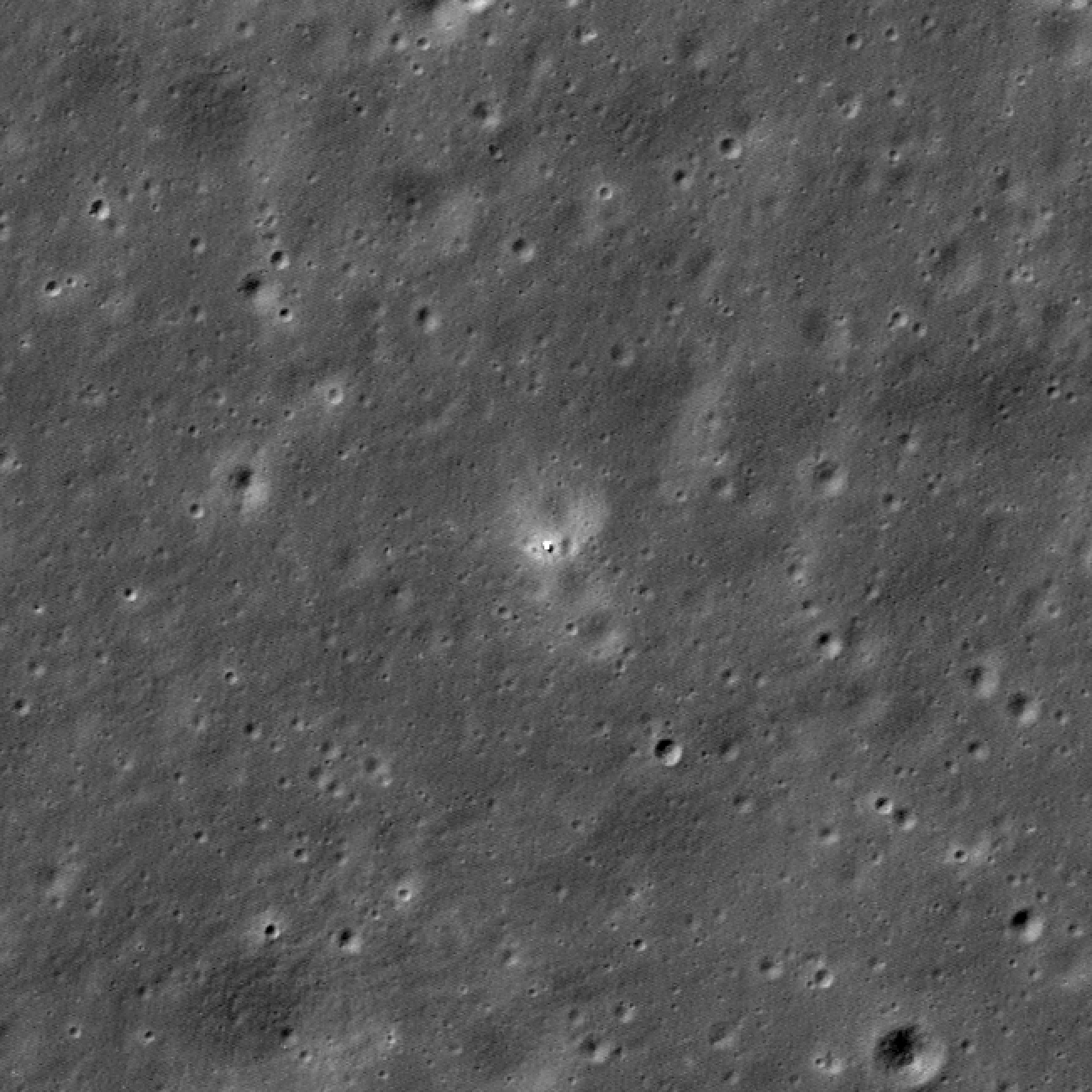Detecting an Earth-like planet poses significant challenges as the planet is approximately 10 billion times fainter than its parent star. The main challenge is to block nearly all of the star’s light so that the faint light reflected from the planet can be collected. A coronagraph can block the starlight, however, any instability in the telescope’s optics—such as misalignment between mirrors or a change in the mirror’s shape—can result in starlight leakage, causing glare that hides the planet. Therefore, detecting an Earth-like planet using a coronagraph requires precise control of both the telescope and the instrument’s optical quality, or wavefront, to an extraordinary level of 10s of picometers (pm), which is approximately on the order of the size of a hydrogen atom.




